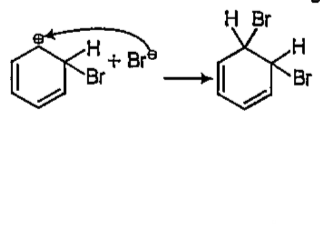Select the correct statement with respect to locomotion in humans
A
A decreased level of progesterone causes osteoporsis in old people
B
Accumulation of uric acid crystals in joints causes their inflammation
C
The vertebral column has 10 thoracic vertebrae
D
The jiont between adjacent vertebrae is a fibrous joint
Video Solution
Text Solution
The correct Answer is:B
Inflammation of joints due to the accumulation of uric acid crystals is gout. Fibrous joints are formed by the flat skull bones, which fuse end-to-end with the help of dense fibrous connetive tissues in the form of sutures to form cranium. The vertebral column is formed by 26 serially arranged units called vertebrae. The less secretion of propesterone causes abortion as it basically supports pregnancy.
|
Updated on:21/07/2023
Topper's Solved these Questions
Similar Questions
Knowledge Check
- Question 1 - Select One
Select the correct statement with respect to locomtion in humans :
AThe joint between adjacent vertebrae is a fibrous jointBA decreased level of progesterone causes osteoporosis in old propleCAccumulation of uric acid crystals in joints causes their inflammationDThe vertebral column has 10 thoracic vertebrae - Question 2 - Select One
Select the correct statements
AAddition of Br− in the following leads to the loss of resonance energy that is associated with the aromatic ring. BThe π-system of the benzene ring is the nucleophileCthe sulphur atom in SO3 is electrophilic by virtue of the formal positive charge in each of the resonance structuresDAll of the above statements are correct
BThe π-system of the benzene ring is the nucleophileCthe sulphur atom in SO3 is electrophilic by virtue of the formal positive charge in each of the resonance structuresDAll of the above statements are correct - Question 3 - Select One
Select thr correct statement
AAcross a transition series there is a only small decrease is atomic radius from one element to another due to very small increase in effective nuclear chargeBthe rate of decrease in the size across the lanthanide series is less than the first transition seriesCboth(1)(2)Dnone of the above

